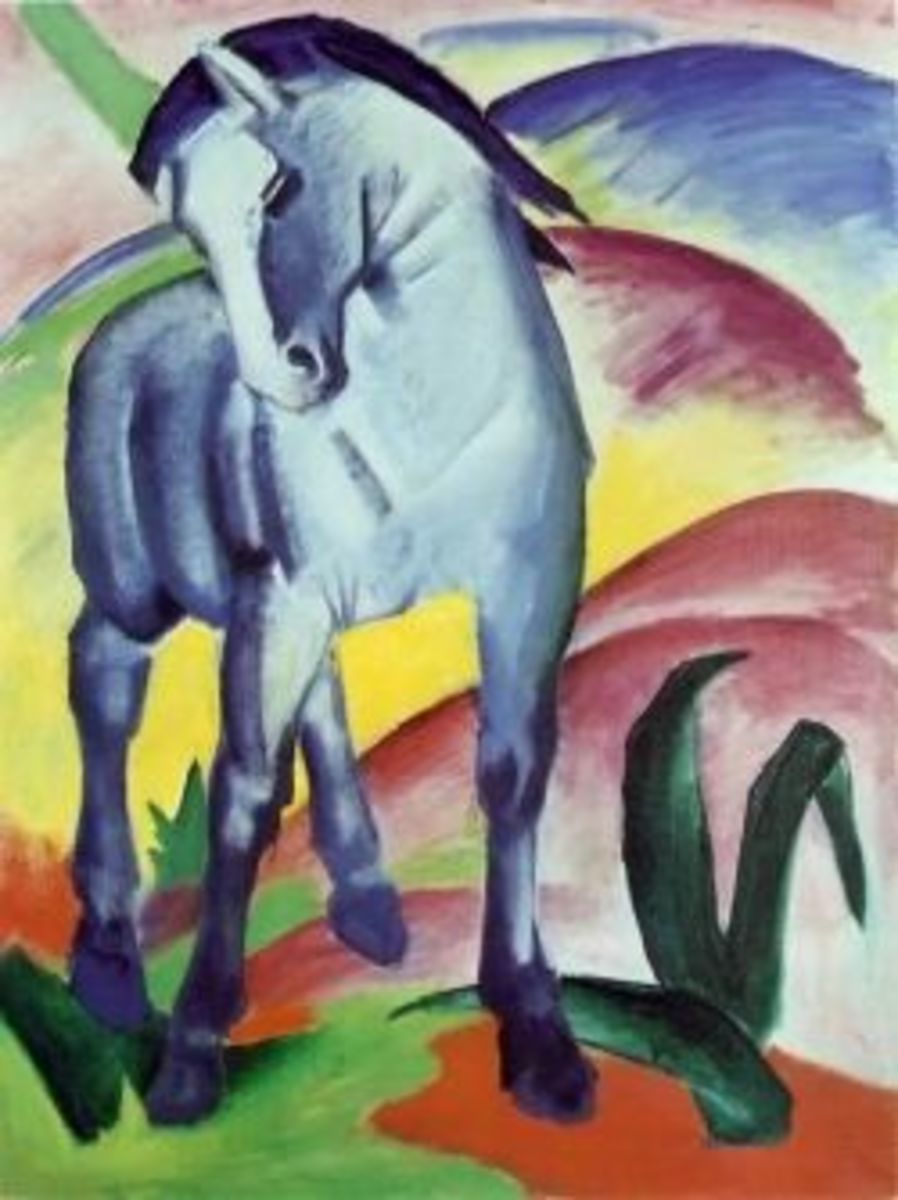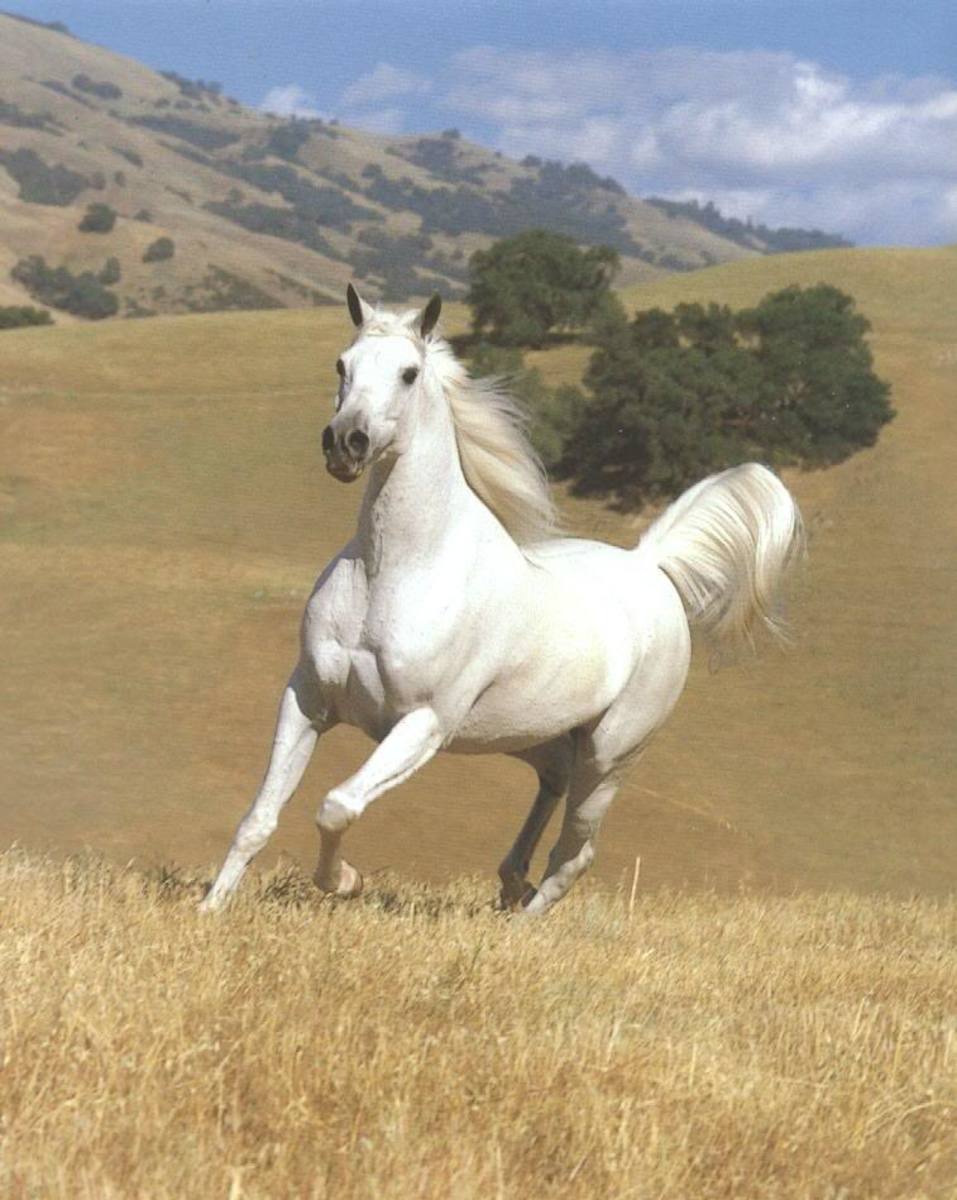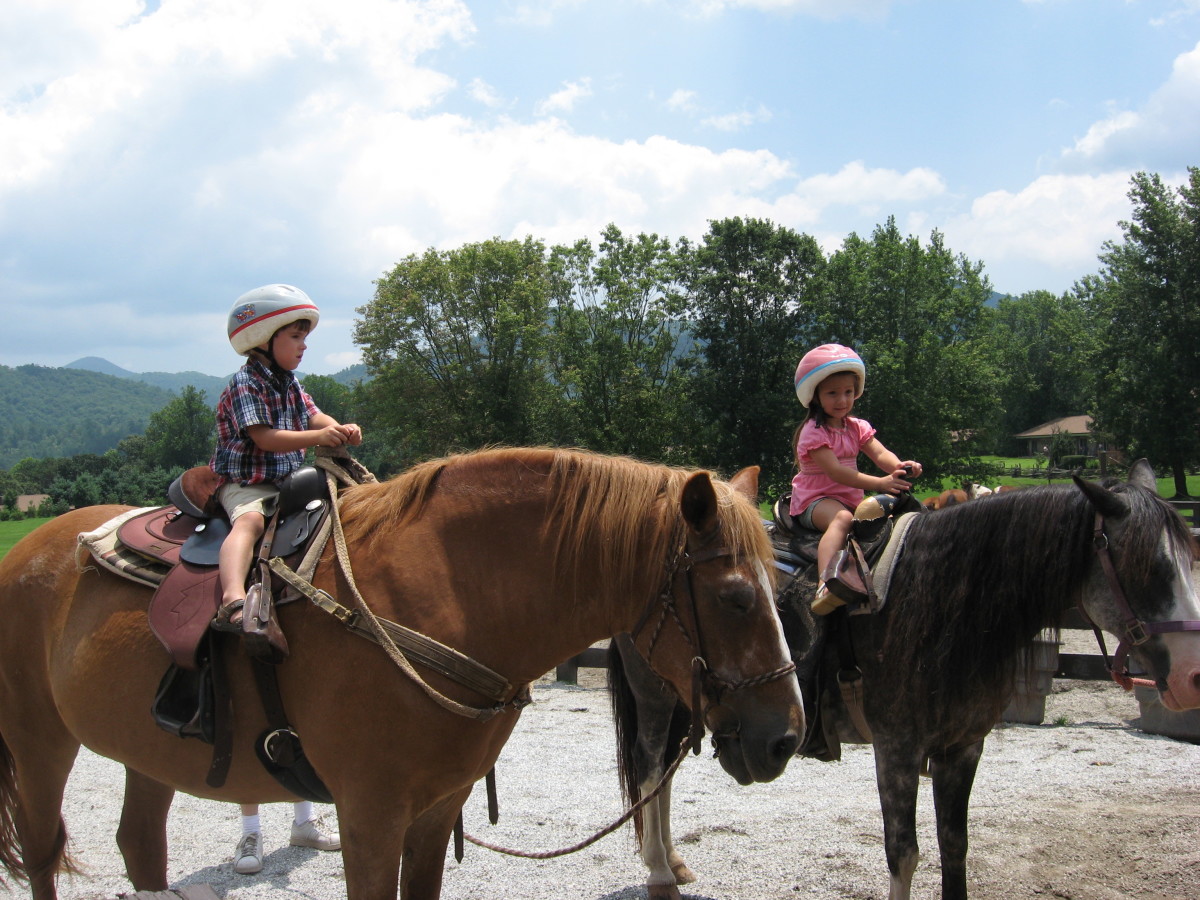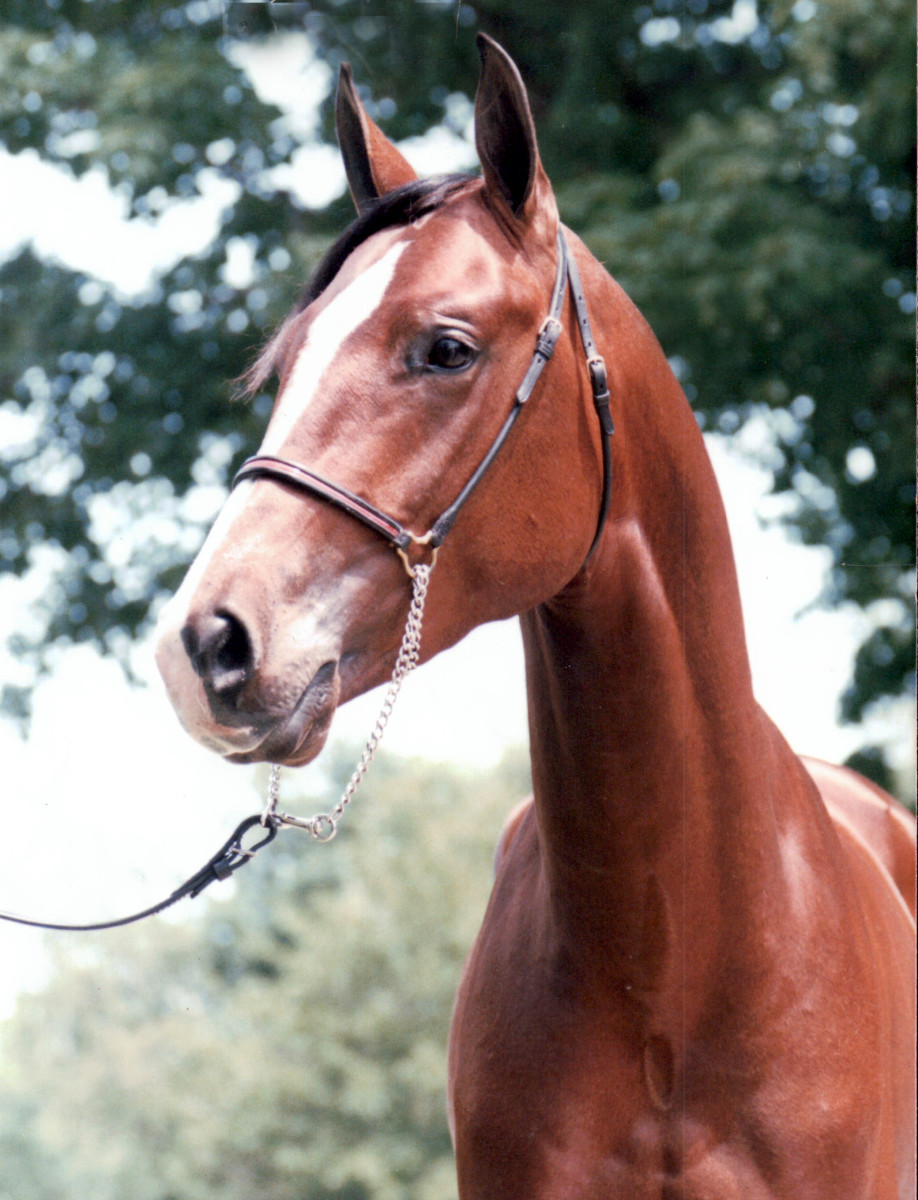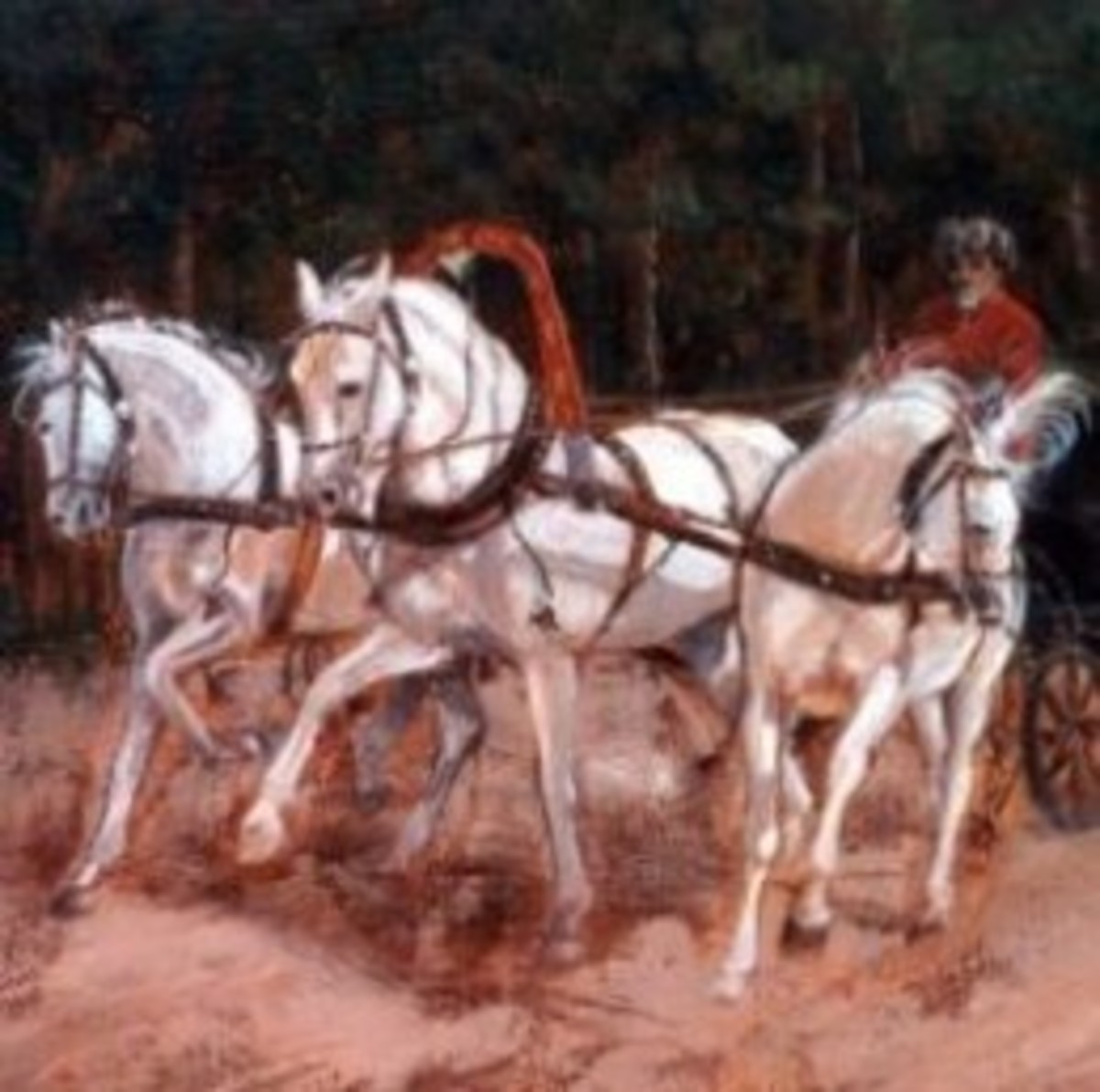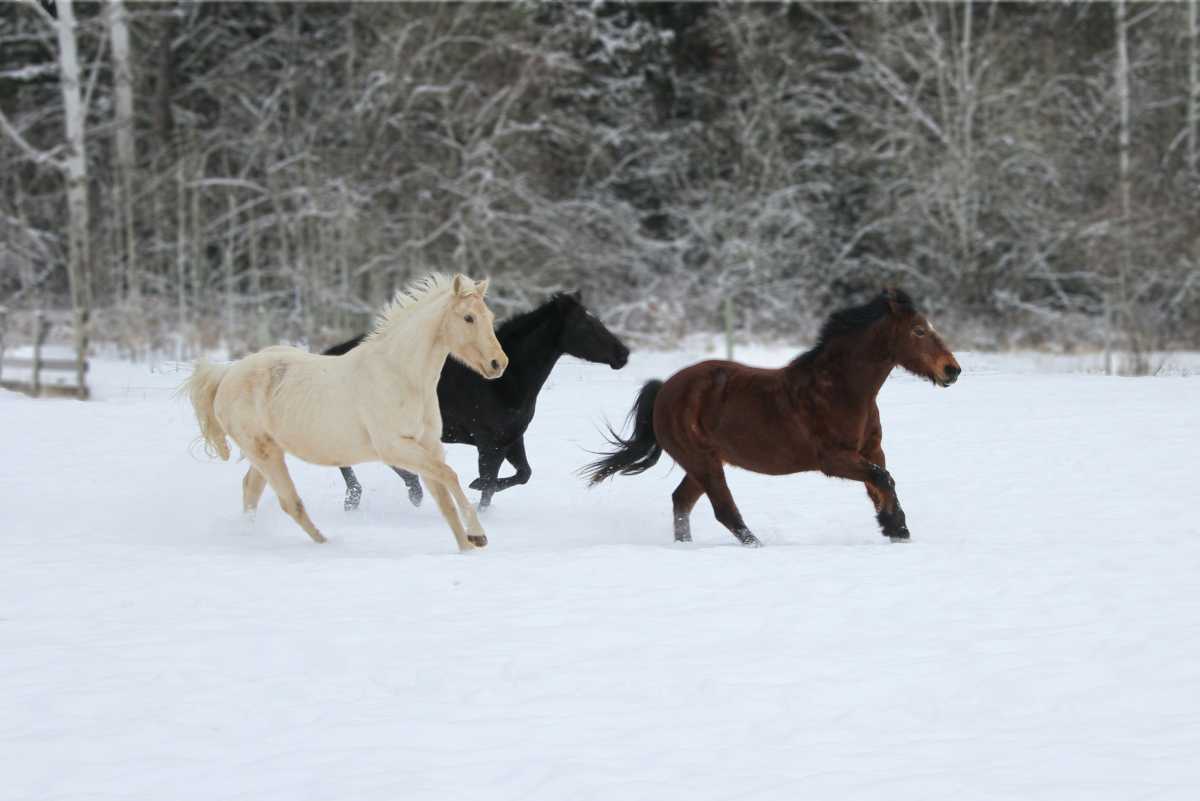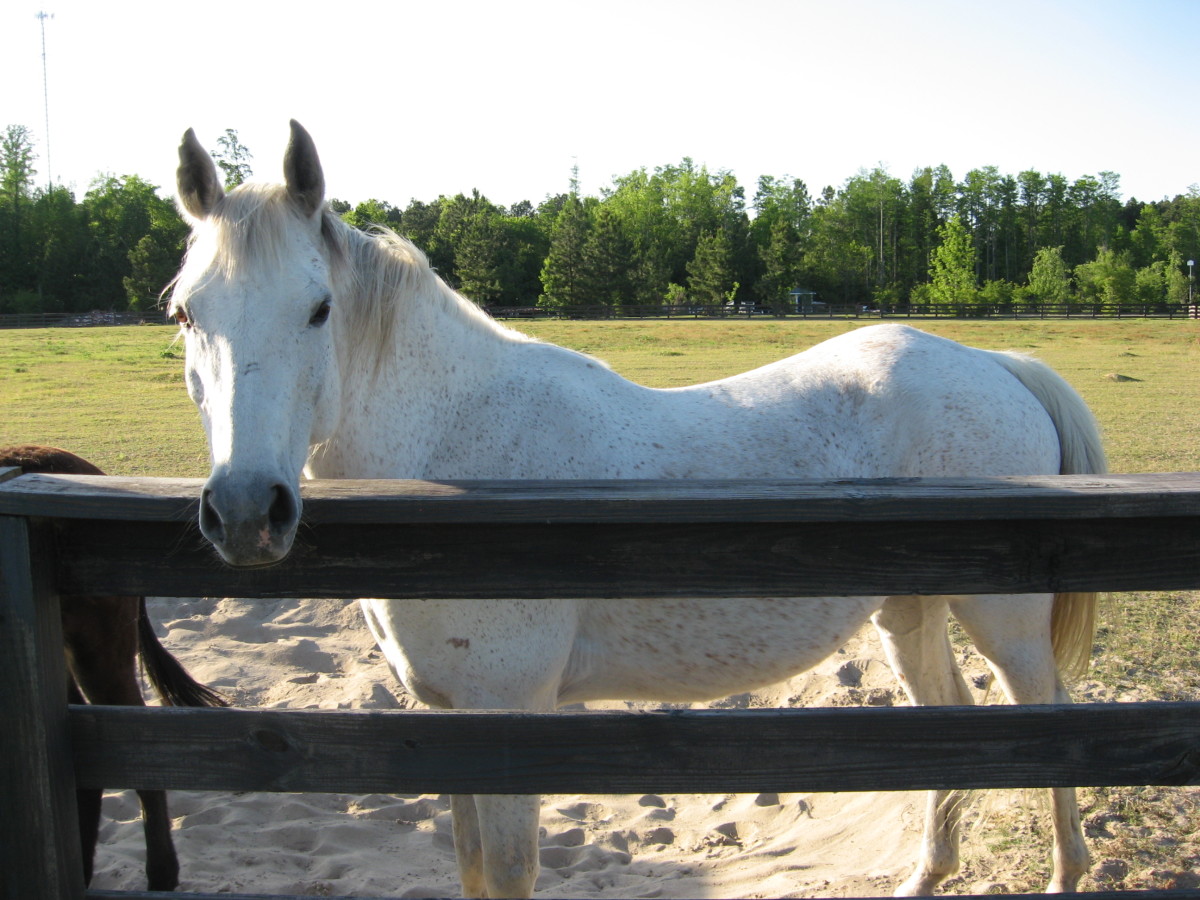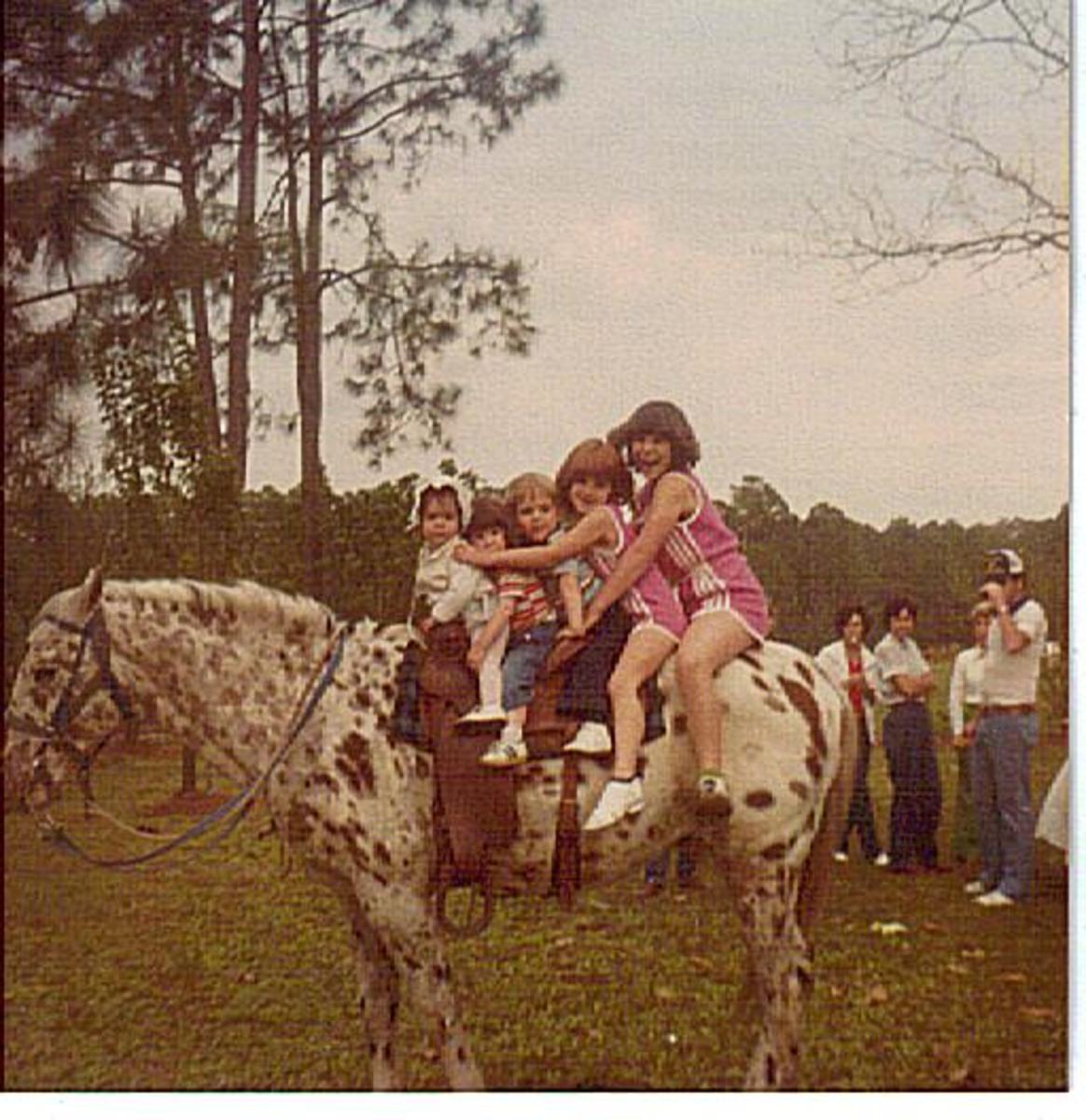How to Groom and Clean a Horse
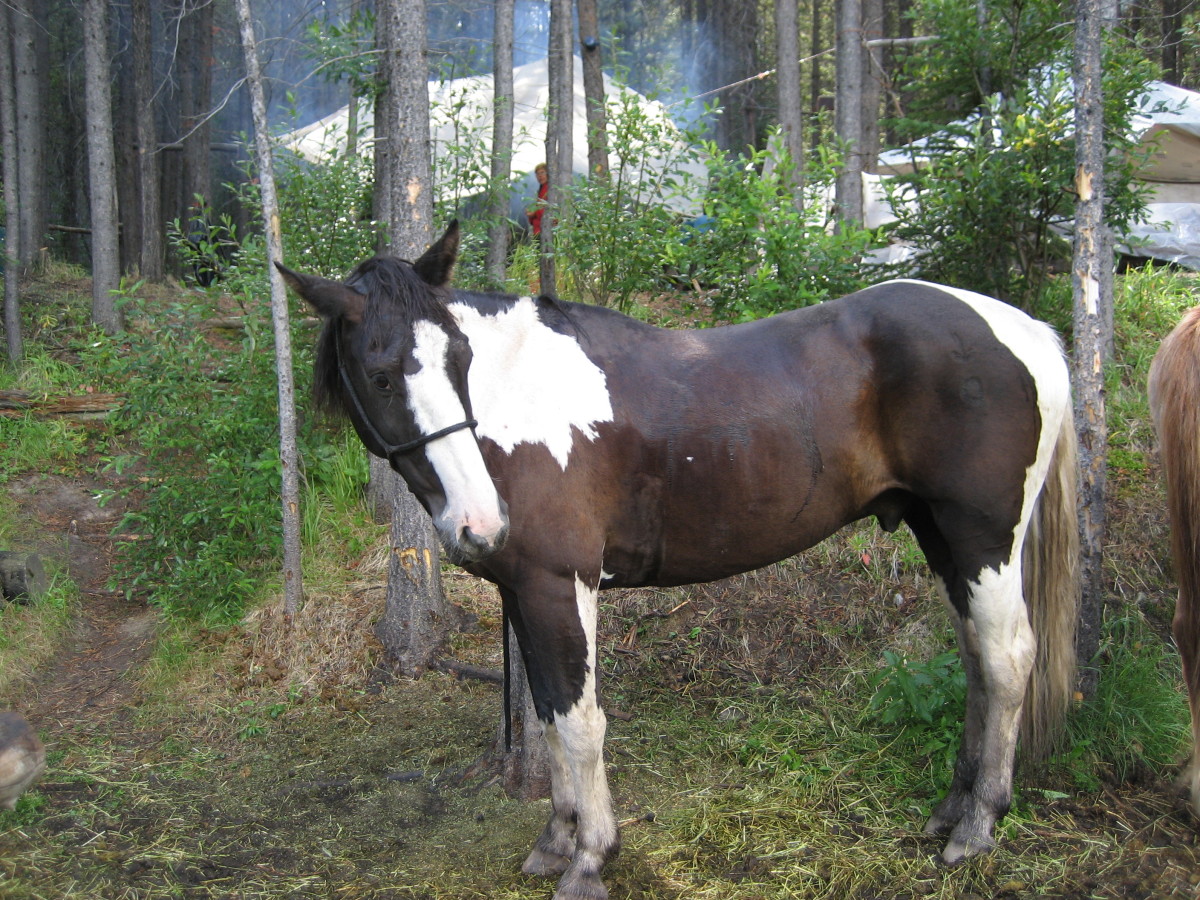
Why Is Clean Important?
Why is it so important that your horse be clean?
Grooming a horse serves several purposes:
1. Mud or dirt under tack can chafe and even rub the horse raw. "Saddle sores" and "girth galls" are often caused by not cleaning either the horse or the gear.
2. When you groom a horse thoroughly, you notice stuff - small cuts that might benefit from a bit of antiseptic ointment, unexpected pain reactions that could indicate a problem, etc.
3. Horses groom each other socially. A horse will develop a stronger emotional tie to the person who grooms it - although I don't recommend letting them return the favor, which some of them will try.
What Do You Need?
A full grooming kit contains all kinds of gadgets and gimmicks. Really, all you need are the basics:
1. A curry comb.
2. A hard or "dandy" brush.
3. A soft or "body" brush.
4. A hoof pick and a hoof brush. These days, they are generally attachments on the same handle.
You MAY also want a mane and tail comb, but this is not as necessary. Show sheen and the like are not needed. A face brush is a good idea if your horse doesn't like having his head brushed with a larger brush - which some don't.
In spring and fall you will also want a shedding blade, especially if you own a pony.
Step One: Secure Your Horse
The first step is to secure your horse. Some horses are fine groomed loose in a stall. Some even behave best that way - I know one mare who is happiest being brushed in her stall with no halter on...she objects to being tied and reacts to cross-ties by breaking her halter and trotting back to her stall in a huff.
Other horses may need to be restrained. Cross-ties are useful because they immobilize the horse and prevent the frustrating habit of positioning the side of the horse you need firmly against the stall wall. In any case, if you want your horse to tolerate being cross-tied, grooming in the ties helps. A horse that is only ever put in cross-ties for vaccinations or other unpleasantness will rapidly become a horse that won't cross-tie.
Step Two: Get The Mud Off
If you're lucky, you can skip this step. The first step is to take the hard brush and simply brush off any obvious mud that is on the horse's back.
If it's winter and the horse was turned out without a rug, and it has snow on its back, brush that off before you even enter the barn - or it will melt and your horse will be cold.
Brush in firm strokes with the direction of the coat and clean your brush frequently using a metal or plastic curry comb. Don't worry about anything at this point other than removing the obvious patches of mud.
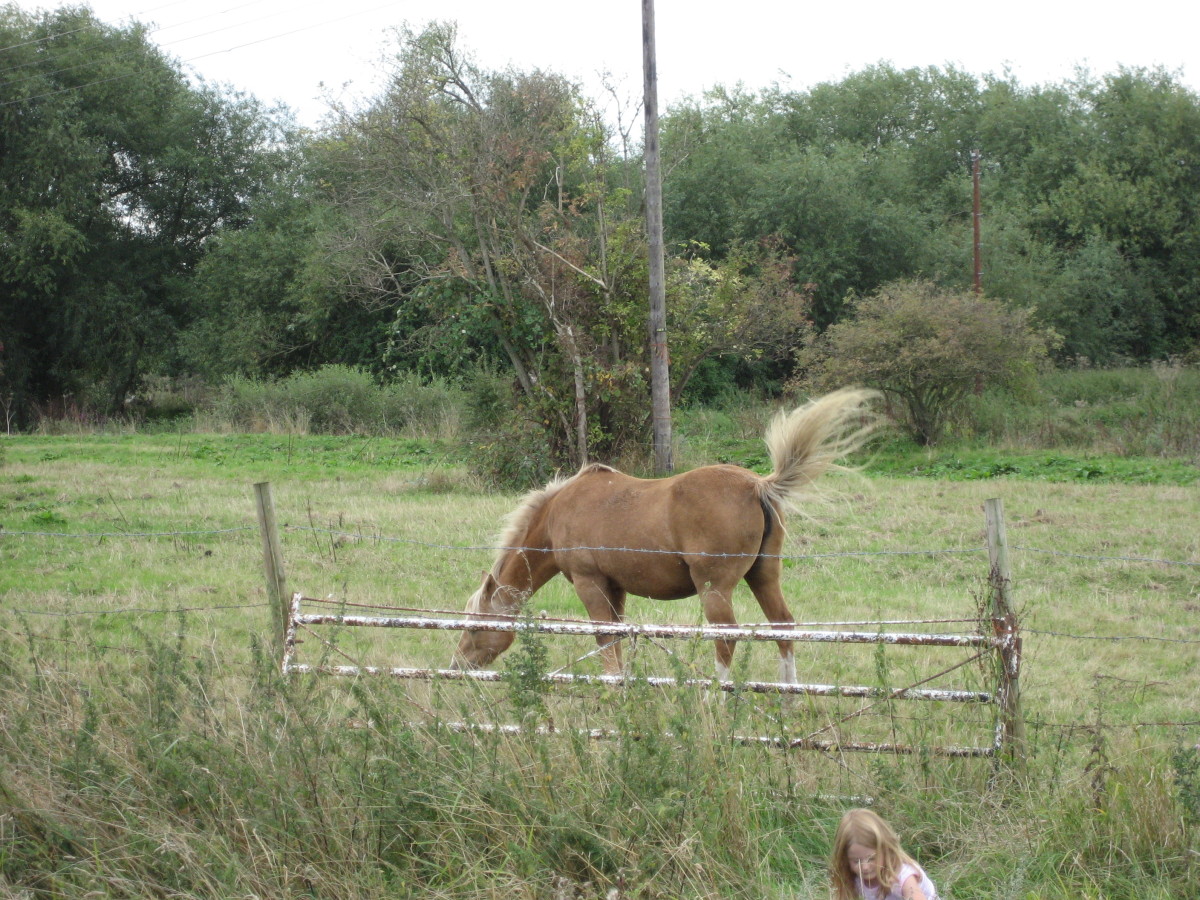
Step Three: Shedding Out
If it's spring or fall, especially spring, then the next thing you will want to do is "shed" your horse. For this you can use a rubber curry comb or, better yet, a shedding blade. If using a curry, brush gently against the direction of the coat, in a slightly circular moment, to loosen all the hair.
A shedding blade is simply used in the direction of the coat...it has teeth designed to pull out the loose hair. Always be gentle with a curry or blade, especially if your horse has sensitive skin (fortunately, this tends to go with a thinner coat and less need to worry about shedding).
If a horse (especially a pony) is shedding a lot in the spring, you may want to take it outside the barn to shed it out, or at least to somewhere where it's easy to sweep up what can appear to be a veritable blizzard of hair. (Rich people buy vacuum groomers for just this problem, but most of us aren't rich).
Step Four: Brushing
Now, it's time to brush your horse's body, neck, heads, legs, etc.
First, brush the horse over with the dandy brush, getting rid of any remaining mud, dirt, or dust. However, do not use the dandy brush on the head, lower legs, or under the belly...especially near the sheathe or udder. The horse has thinner skin here and the heavy brush can be unpleasant.
Then, take the body brush and brush thoroughly. Use a slight circular motion, but overall in the direction of the hair. Pay special attention to areas that are covered by tack. If you are in a real hurry, then you can only brush the areas where tack and boots go, if you don't mind your horse looking a little scruffy. However, the saddle area must always be brushed thoroughly before riding. Saddle sores and girth galls often cause permanent scarring as well as considerable pain for the horse - and quite possibly a quick trip to the ground for you.
Step Five: Hooves
Your horse's hooves always need special attention. They are one of the most important parts of his anatomy and keeping them healthy is important.
Some horses do not like having their hooves handled. I actually recommend wearing a helmet when going to handle the hooves of a horse you don't know, and I've known horses with whom I would always wear one when messing with their feet.
To get the horse to pick its feet up, run your hand down the back of the leg and say "Up" or "Give" in a firm voice. If that doesn't work, then lean slightly against the horse's shoulder or hip and repeat. If the horse has feather, sometimes tugging on it can add a bit of motivation.
Hold the hoof in your hand and use the hoof pick to clean the underside in a front to back motion, paying special attention to the deep gulleys that run either side of the frog. If your horse reacts badly and uncharacteristically to contact between the hoof and the pick, you probably have a problem - most likely a bruise on the sole - and should check your horse's soundness before riding. Then turn the pick over and brush the sole firmly and quickly. You may also want to brush the outside of the hooves, which can have mud cling to them - this won't hurt the horse, though. You can skip brushing hooves if you don't have much time, but never skip picking and checking them. If you feel heat in the hoof, again, check soundness - this usually means an abscess. A pulse in the hoof is a symptom of laminitis.
There has been a movement of late to skip cleaning hooves. This seems to be associated with the always barefoot movement and their argument is that wild horses don't have or need their feet cleaned. However, I've had enough incidents of a horse going lame because of a stone caught next to the frog to think they're...well...not thinking this through.
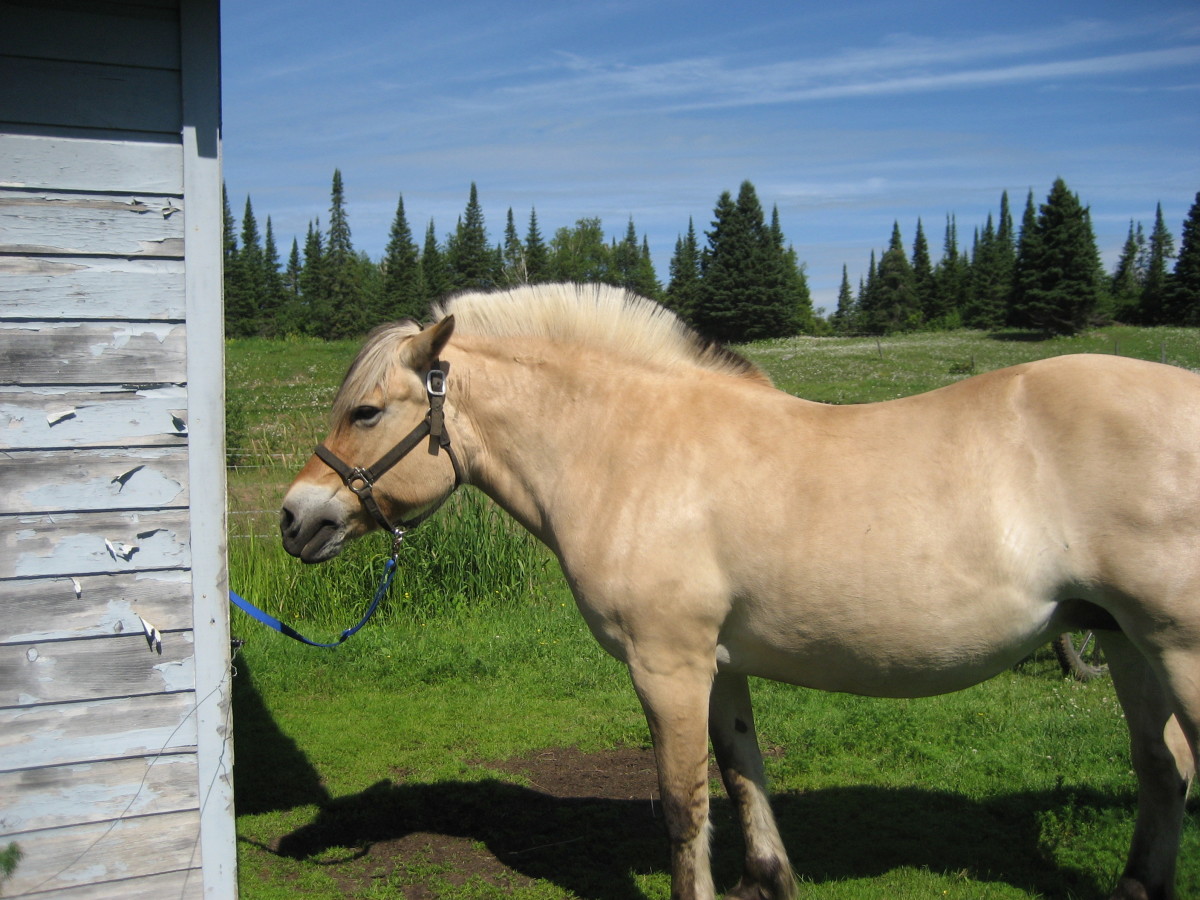
Step Six: Mane and Tail
Your horse's mane and tail are assets - pretty ones. His tail is also his fly whisk.
The mane should be brushed to lie on the off (right) side of the horse's neck. If its a bit tangled, you can use a mane comb. Otherwise, it's just like brushing your own hair.
The same with the tail, although you should run your hands through it first (carefully) and remove anything big that's become caught in the hair - I've found lots of burrs and quite a few decent-sized sticks in tails over the years. Do not stand directly behind the horse when brushing the tail, even if you trust the horse.
If the mane refuses to lie flat, wet your brush slightly and brush it again. That usually does it, unless you're growing out a mane that has been roached or hogged - only time fixes the "manehawk" tendency in that situation.

